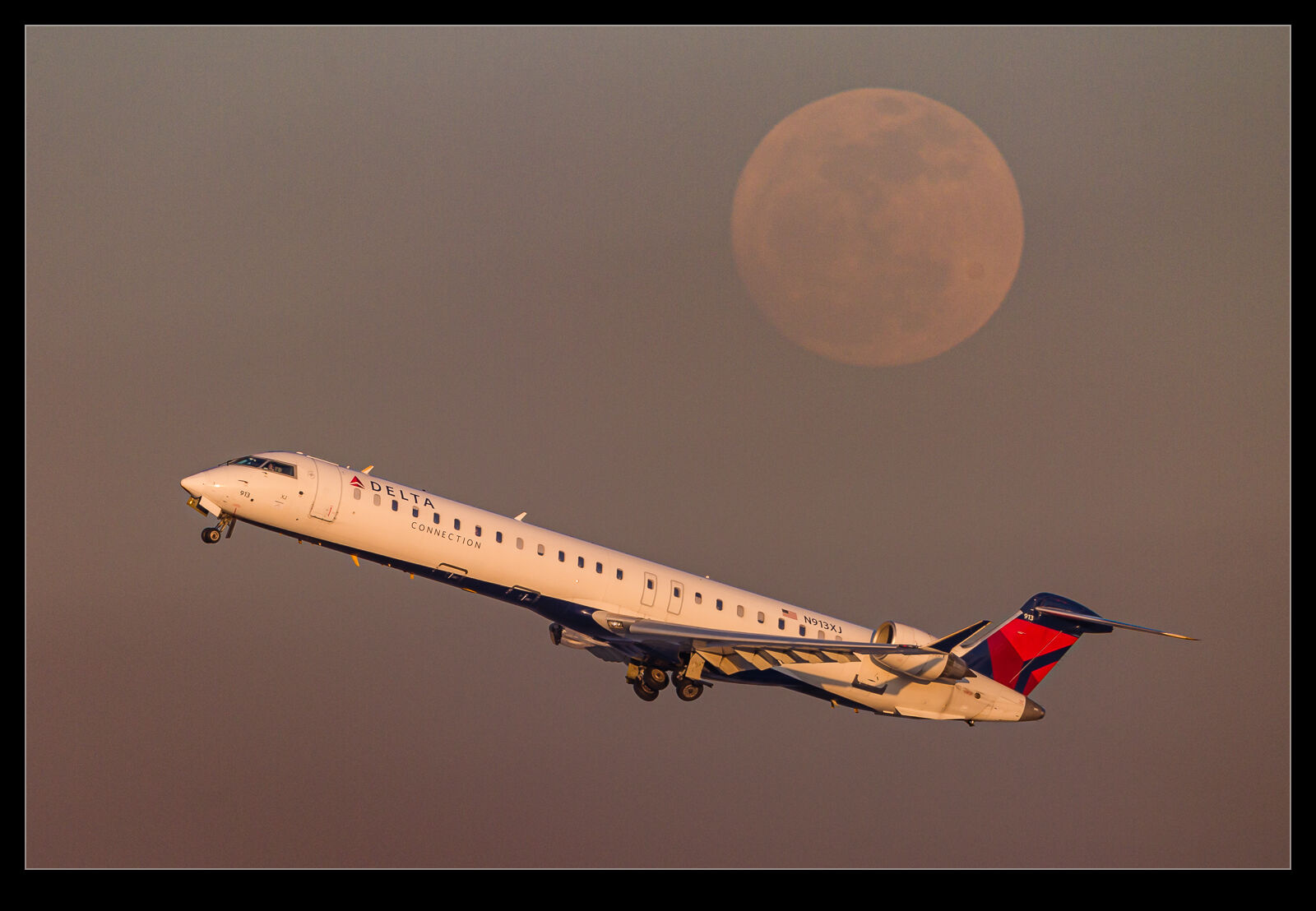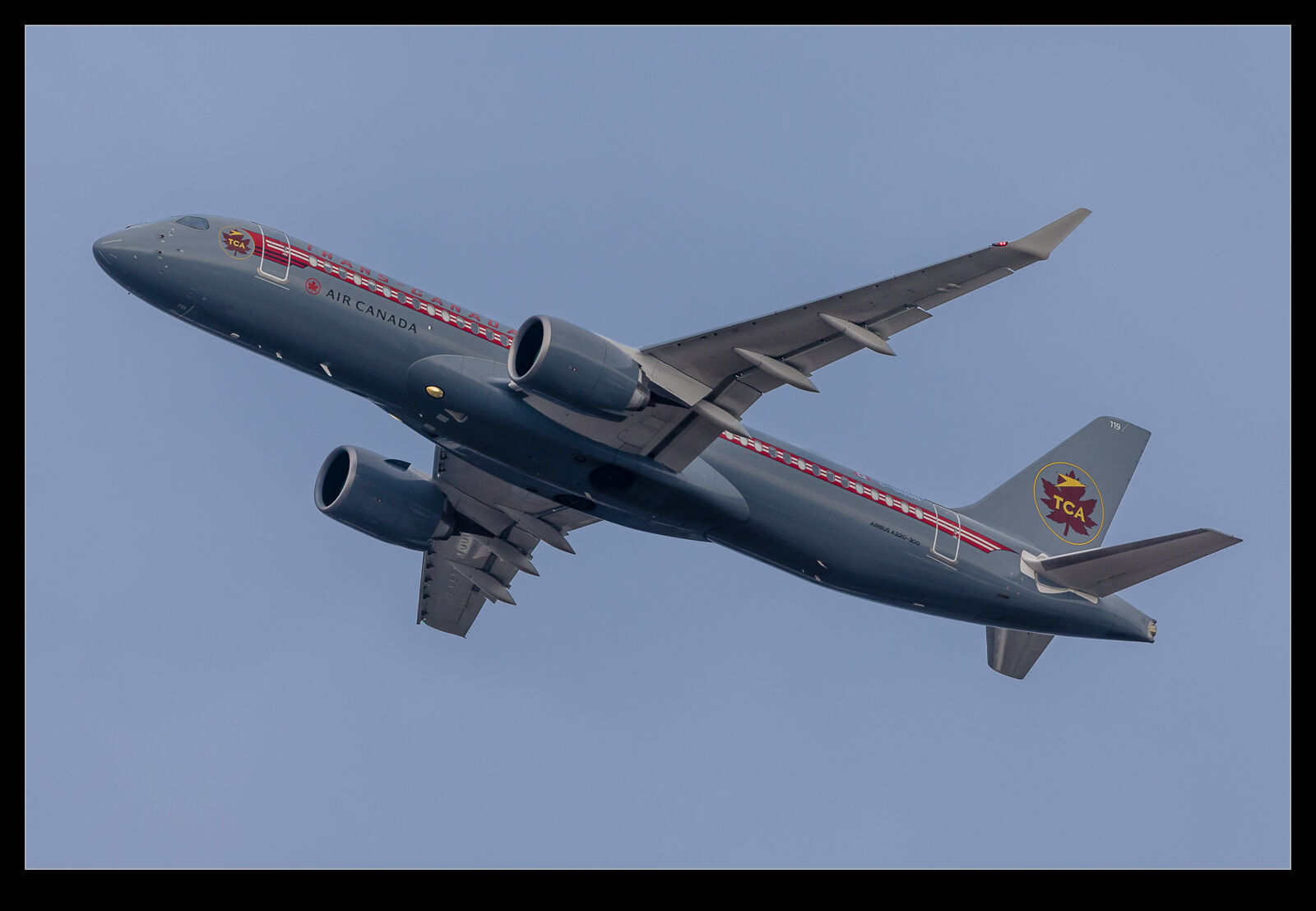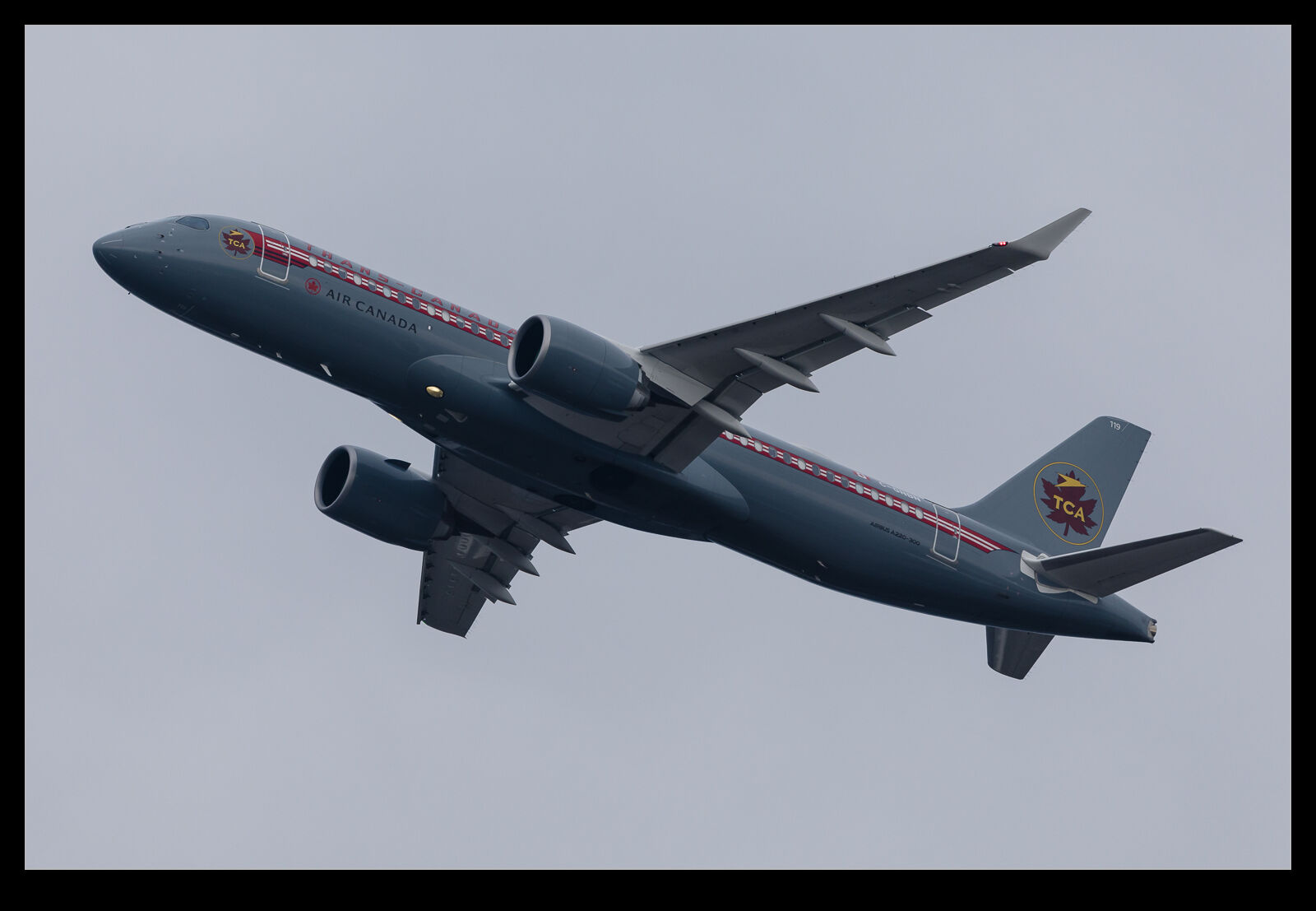 For some reason, I recently came back to an old photo I took of a Delta Connection CRJ900 as it climbed out of O’Hare. It had climbed right by the moon as it was rising in the eastern sky towards the end of the day. I had liked the photo at the time but now I was thinking about how to do a better job of editing it. Now I have been using the masking tools in Lightroom a lot more, I figured I could take different approaches for the jet and the background. The results were a lot better than my original efforts and I quite like how it now looks.
For some reason, I recently came back to an old photo I took of a Delta Connection CRJ900 as it climbed out of O’Hare. It had climbed right by the moon as it was rising in the eastern sky towards the end of the day. I had liked the photo at the time but now I was thinking about how to do a better job of editing it. Now I have been using the masking tools in Lightroom a lot more, I figured I could take different approaches for the jet and the background. The results were a lot better than my original efforts and I quite like how it now looks.
Tag Archives: masking
Air Canada Special Early Sunday Departure And Lightroom Masking Options

 Air Canada brings a pair of A220-300s in to SEA each evening – one from Toronto and one from Montreal. They leave the following morning with the Toronto flight heading out early and the Montreal flight following a couple of hours later. The Toronto flight one weekend was the TCA special aircraft so I decided to head out and catch it departing.
Air Canada brings a pair of A220-300s in to SEA each evening – one from Toronto and one from Montreal. They leave the following morning with the Toronto flight heading out early and the Montreal flight following a couple of hours later. The Toronto flight one weekend was the TCA special aircraft so I decided to head out and catch it departing.
The day started very overcast and gloomy but there was a sign that things were going to get better. This did happen but things were still not great when the jet departed. The light had improved a bit but the cloud was still there. When looking at the shots, I figured it was time to make use of the masking options that Lightroom offers. The latest update has improved their usability somewhat. First I drop the exposure of the shot overall to get the sky looking roughly how I want it. Then I select the aircraft suing the Subject option. It does a pretty reasonable job but I do then refine it with an addition brush to bring in the bits it has missed and a subtract brush to take out the detail areas where the mask has overlapped.
The new option is the click on this mask and choose the Duplicate and Invert option. This gives me a sky selection that matches what I have got for the aircraft. For the sky, I can work on the white balance to bring it back to something more cool which suits the overall look of the shot. I can similarly work on the white balance for the jet to make the reds pop more in the livery. The exposure can be brought up a bit with the shadows helping a little while bringing the blacks down while improve the contrast.
All of this is pretty straightforward. One nice feature of the latest update is that you can actually apply the same settings to multiple images. The brush adjustments are not going to work well for this so it is best to do the overall selections and sync to the various images and then, if a shot is worthy of further work, the refining of the mask can be done afterwards. If you know which shot is the best, you can just focus on that one.
Playing with Blending Layers
I have been making some shots with multiple exposures to overlay. This is something I have posted about before and the shots here are similar to those from before. However, this post is less about the shots and more about the post processing I used. Previously I opened up all of the shots as layers in a single file and then auto-aligned them. Once done, I then used the Auto Blend functionality to show each shot o the aircraft in place.
This was a lot quicker than my previous approach and was something I picked up from posts on photographing star trails. However, recently, I have not been as happy with the results as I should have been. Some of the planes, particularly those near to the edges, had some odd artifacts appearing. Also, if there were any overlaps, the blending masks could give some weird effects. Therefore, I have taken a different approach for a while. This is slower, I admit, but I think it gives a better result.
Once the alignment of the images is done, I hide them all except the bottom layer by Alt clicking on the eye beside the last layer. Then I add the next layer up back in but mask it out completely. A white brush on the mask then allows me to paint back in the new aircraft positions. This is a bit laborious but it does allow you to decide exactly what you want in and what you don’t. if one file is not helpful to the composition, you can easily ignore it.
If the layers are not all exactly aligned from shooting on a tripod, you will also get gaps at the edges on different layers. You can also fill these in by brushing in the layers that provide the right coverage and get a complete image. Once you are happy, flatten the whole thing and you are done.